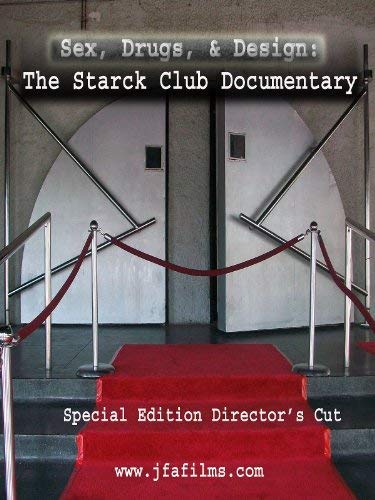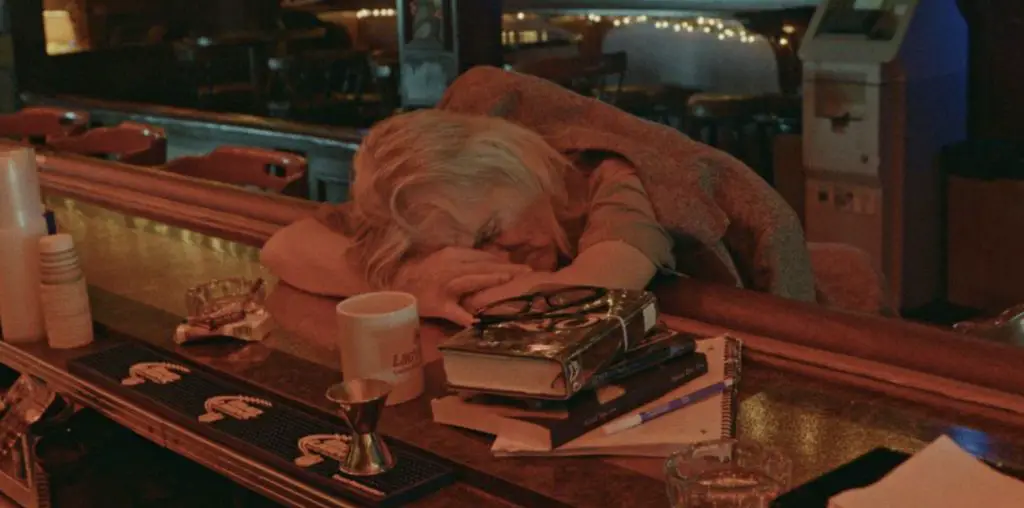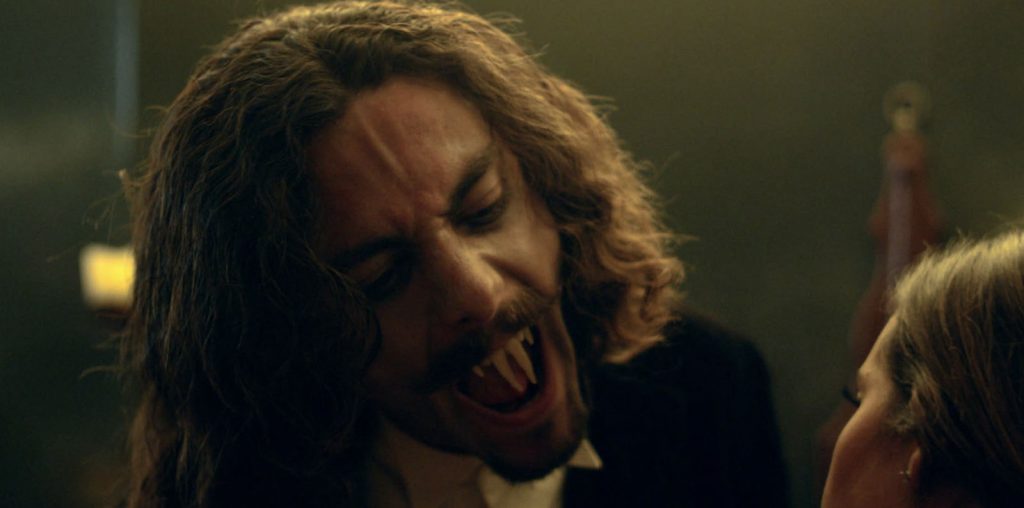
I was such a boring teenager in the 80s. At the behest of my friends, I never went to night clubs nor got involved in designer drugs (i.e., MDMA and Ecstacy). After watching Joseph F. Alexandre’s Sex, Drugs, Design: Warriors of the Discotheque, I couldn’t help but wonder what the hell I was doing with my life with all this studying for college and staying clean and sober.
Sex, Drugs, Design: Warriors of the Discotheque is about the infamous Starck Club in Dallas, TX. I’ll admit that I had never heard of the club, but Alexandre does a good job convincing you this was THE place to be if you wanted to be ANYBODY. It seems pleading the case for the importance of The Starck Club is the sole purpose of the documentary.

“…opened in 1984, with a performance by investor Stevie Nicks. Membership was expensive and limited.”
Sex, Drugs, Design: Warriors of the Discotheque is nicely organized into several chapters about the club and 80s culture—not necessarily in a logical order. It first makes the case that Dallas was this up-and-coming cosmopolitan city that would soon outshine New York and Paris. Those who lived there were emphatic that Dallas was nothing like the Dallas depicted in TV’s Dallas.
The Starck Club opened on May 12, 1984, with a performance by investor Stevie Nicks. Membership was expensive and limited. You could only get in if you were a member, on the guest list, or incredibly hot. The club set the standard for the no standard long-line/impress-the-doorman system of club entry. It was a trendsetter in music, fashion, and 80s culture. Is this the birthplace of the “shoulder pads?”
The club’s architect and designer was Philippe Starck. The club served as a mini-showroom for Starck’s design ideas as Dallas experts described his work as modern surrealist and minimalism with sensuality. Director Alexandre uses old photos and computer renderings to give us the look-and-feel at that time. The upper floor was a quiet place to socialize, drink, and be intimate with your date or complete strangers. Couches and tables were separated by drapes creating indoor cabanas if you will. Downstairs was the dance floor with an enormous “H”-shaped monument as the centerpiece.

"…memories of The Starck Club could have quickly vanished into the ether, if not for Alexandre’s film."


